PHOTOGRAPHY / FOTOGRAFIA
YOSHITO OHNO
SESC CPT – SP
Ouro Preto -MG
Tiradentes - MG
2013
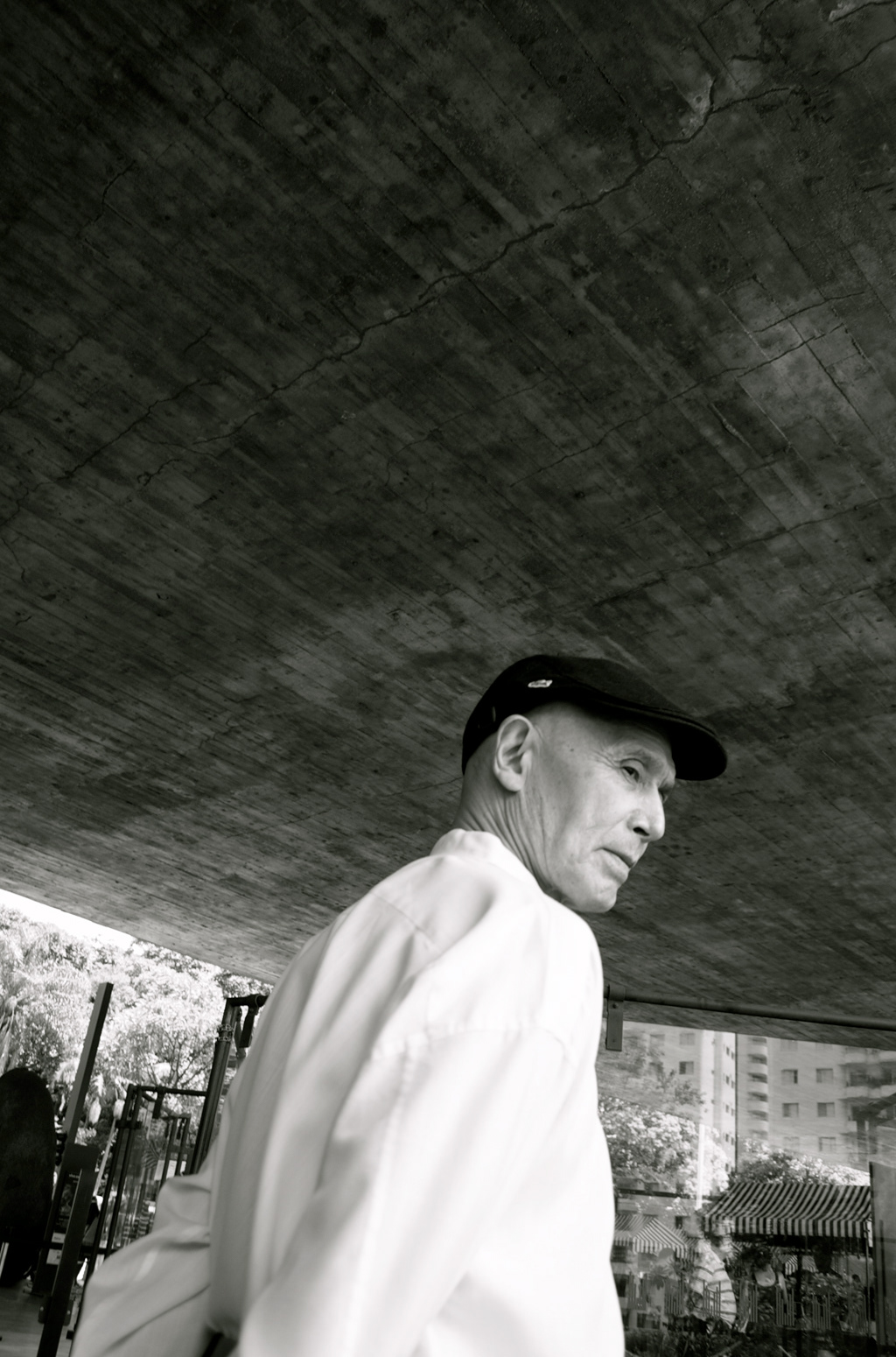
© Hideki Matsuka
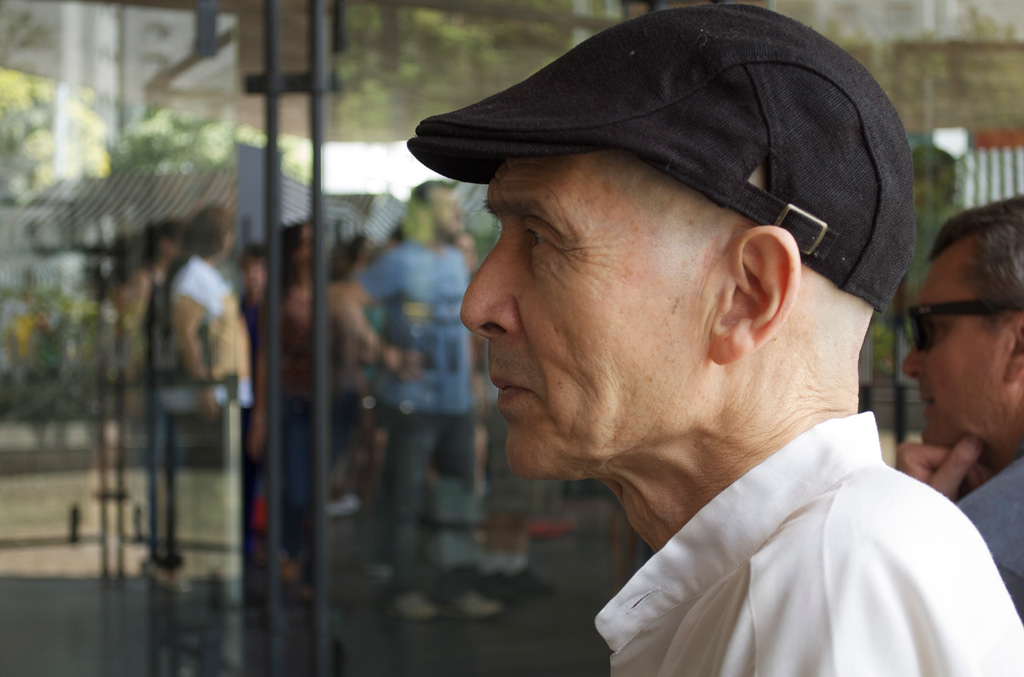
© Hideki Matsuka
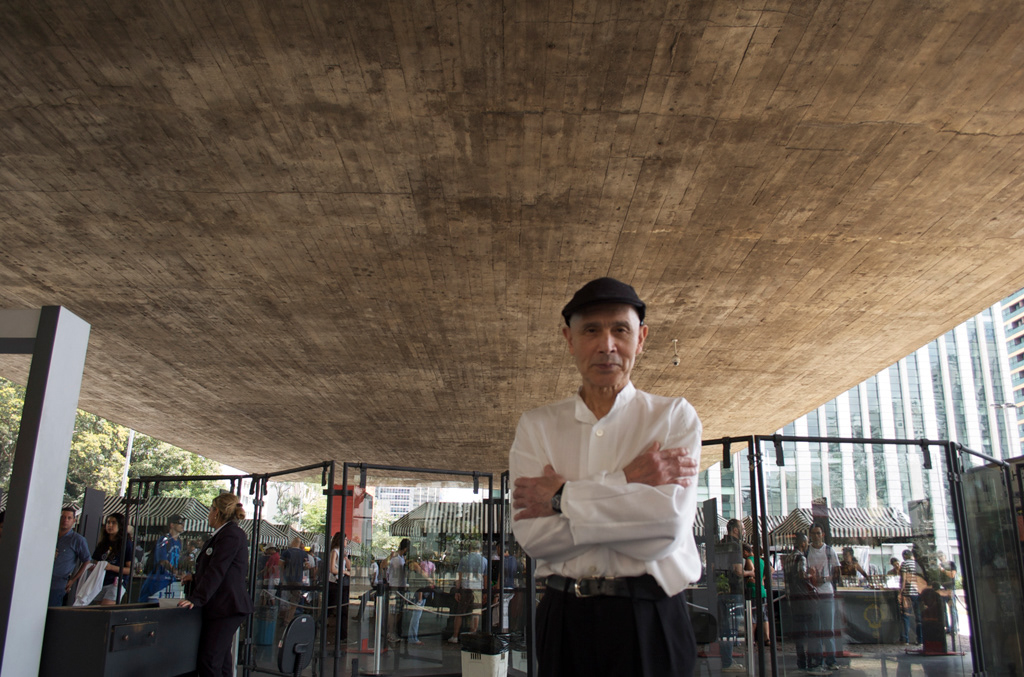
© Hideki Matsuka

© Hideki Matsuka

© Hideki Matsuka

© Hideki Matsuka
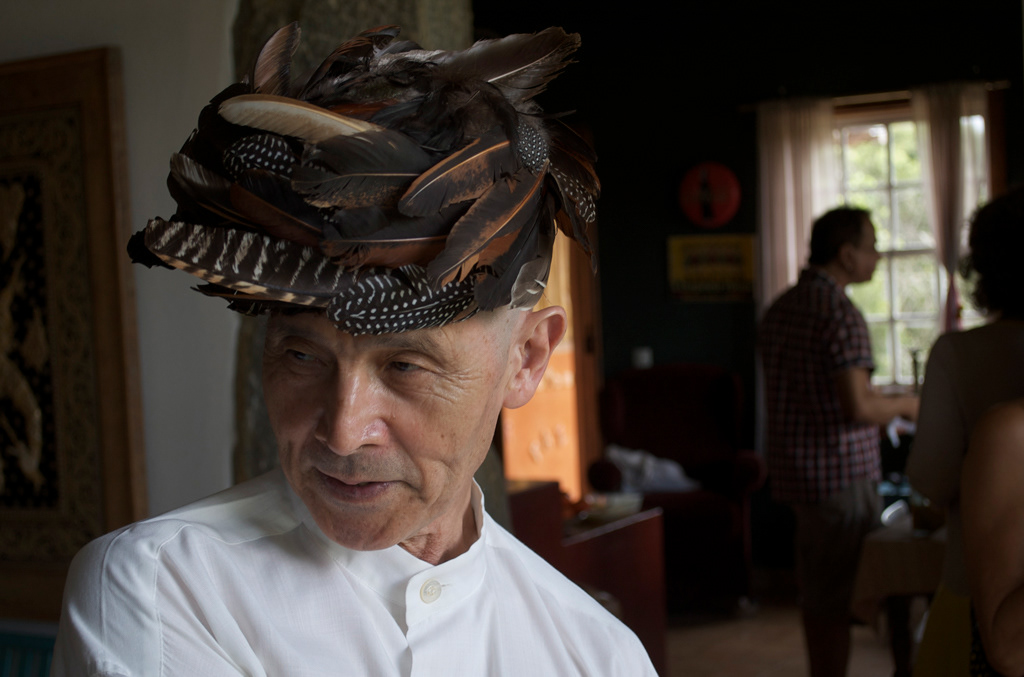
© Hideki Matsuka

© Hideki Matsuka
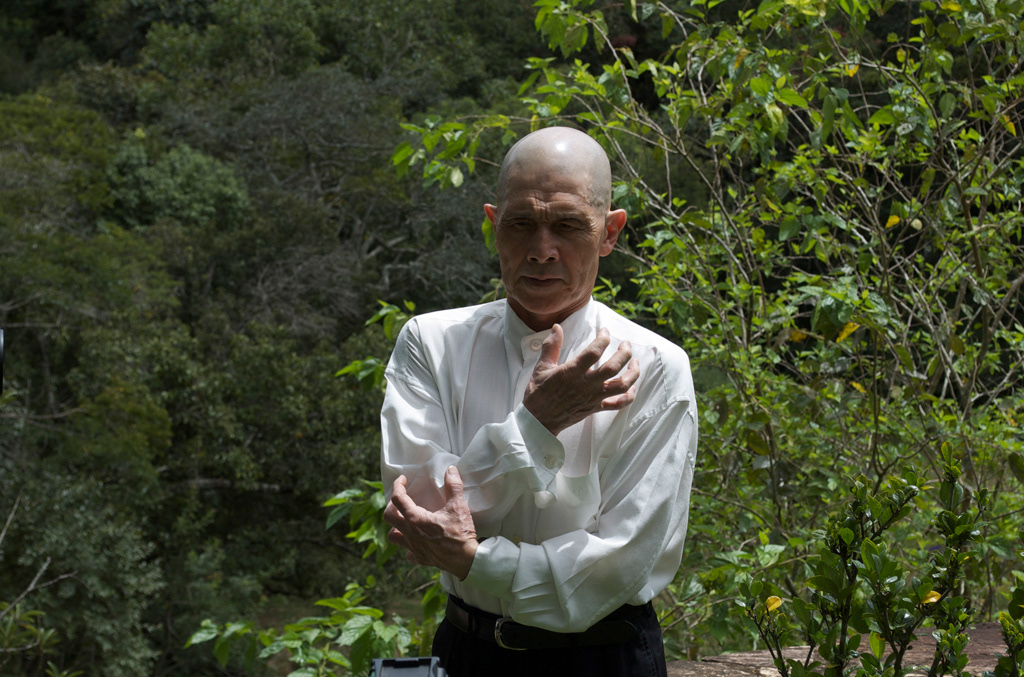
© Hideki Matsuka

© Hideki Matsuka

© Hideki Matsuka

© Hideki Matsuka
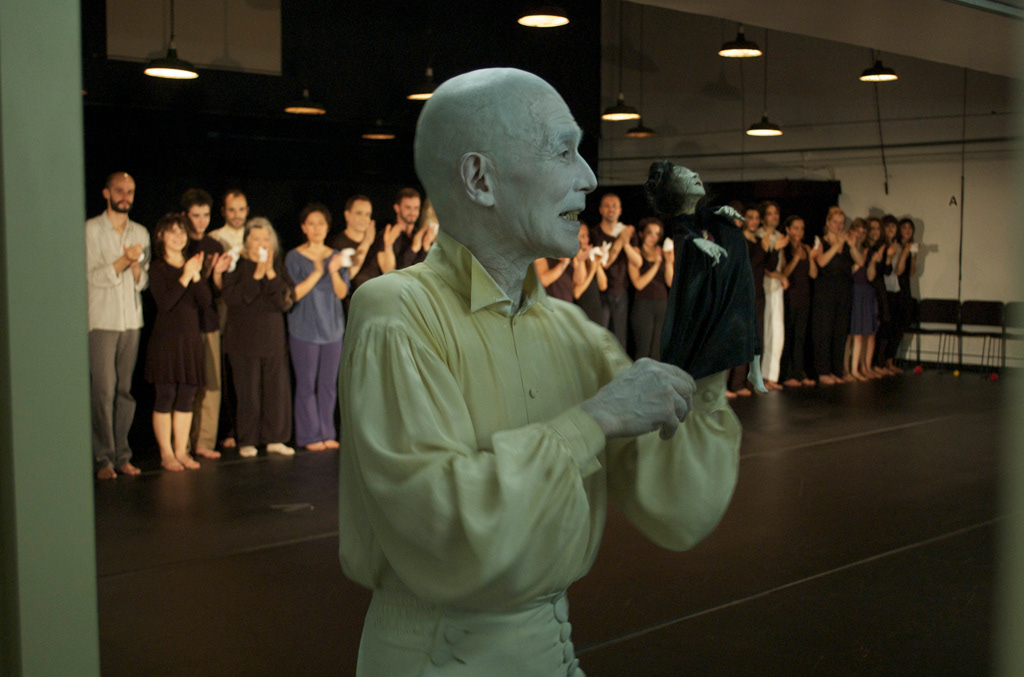
© Hideki Matsuka
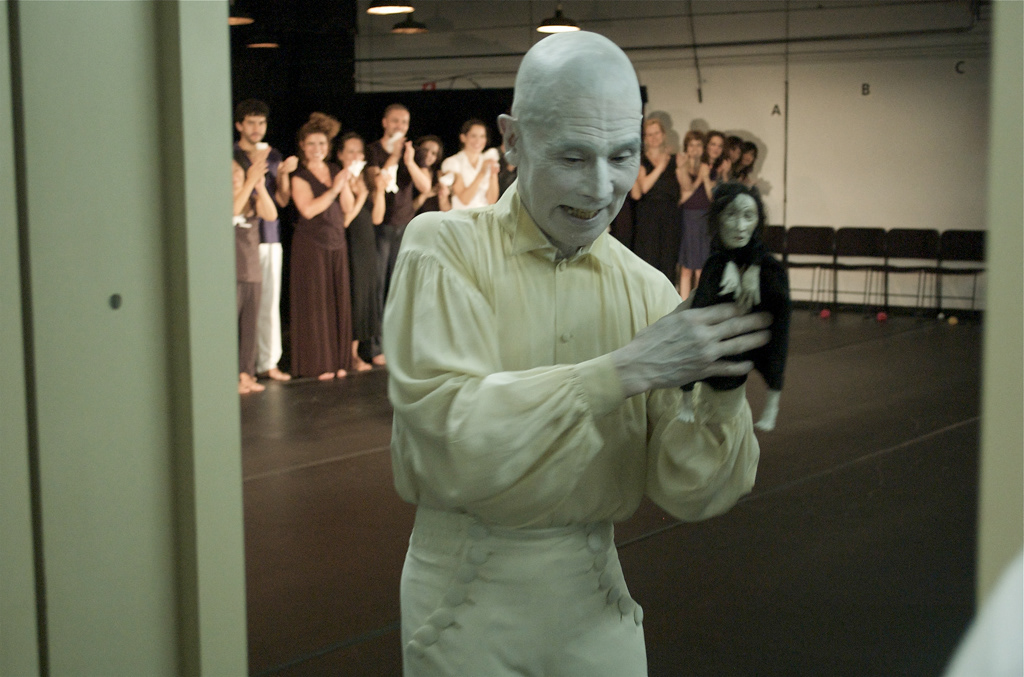
© Hideki Matsuka
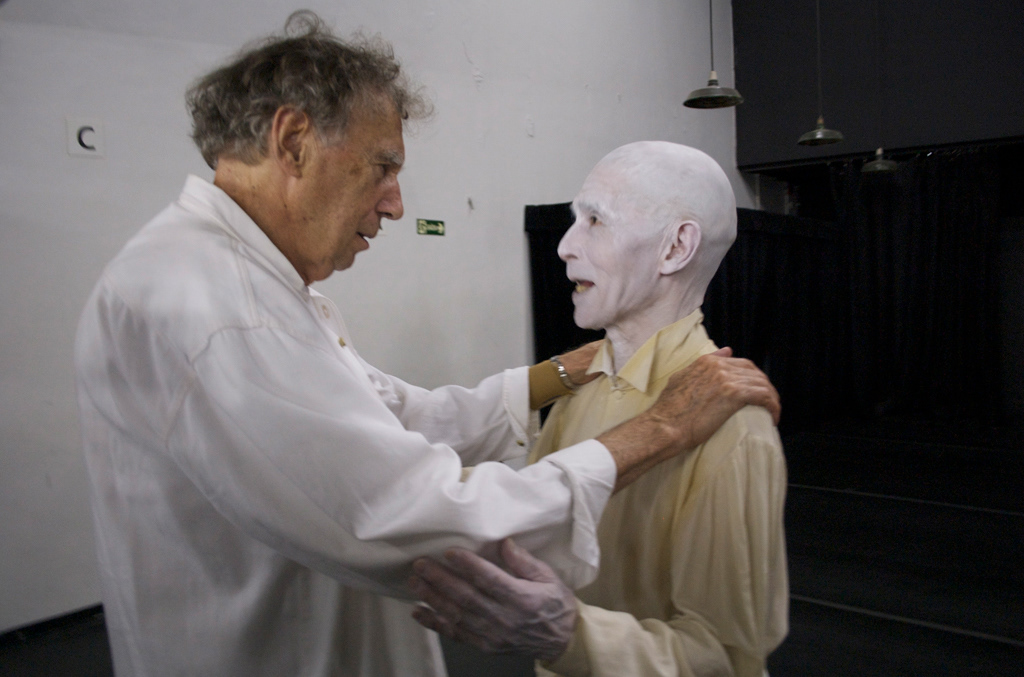
© Hideki Matsuka

© Hideki Matsuka

© Hideki Matsuka

© Hideki Matsuka

© Hideki Matsuka

© Hideki Matsuka

© Hideki Matsuka

© Hideki Matsuka
A witness body
Yoshito Ohno's role in the history of butoh has always seemed different. He was one of the only artists who had the opportunity to work with pioneers Tatsumi Hijikata and Kazuo Ohno (his father).
Yoshito was born in Tokyo in 1938. In 1959, at the age of 21, he participated in the work Kinjiki (Colors Forbidden), under the direction of Hijikata. This was, historically, considered the first performance of butoh, inspired by the work of the same name by Yukio Mishima and the writings of Jean Genet, for whom Hijikata had great admiration. In 2008, during a conversation in São Paulo (as part of the Tokyogaqui exhibition program), Yoshito confessed, in a good-humored way, that he had understood almost nothing of what had happened at that time. Hijikata was not a man of many explanations and perhaps, at that moment, he was not even aware of the radical nature of the movement he was beginning.The years that followed, Yoshito continued to work under the direction of Hijikata in other works, such as The House of Artaud, integrating the Ankoku butoh ha group. However, it became better known to the international public, from the partnership with his father, which starts in 1985 with The Dead Sea and continues until Kazuo's death in 2010. Together, they performed around the world and they radically transformed the lives of many artists (dancers, actors, photographers, filmmakers, writers and painters), especially in Western countries. Today, Yoshito* can be considered a kind of essential witness. Not only because of everything you know (and lived) in the history of Butoh, but because it represents something that is endangered everywhere, including in Japan. It is difficult to say what it is about. Perhaps it is a subtle and cruel way of understanding art, the body and the thresholds between life and death.
Christine Greiner
*Yoshito Ohno passed away in February 2020 in Yokohama/Japan
The Yoshito’s photos were taken in 2013 during the Wind of Time / Ventos do Tempo season at SESC CPT - SP, in Ouro Preto and Tiradentes -MG and visit to the atelier of the painter Tomie Ohtake and MASP (Museu de Arte São Paulo).
Um corpo testemunha
O papel de Yoshito Ohno na história do butô sempre pareceu diferenciado. Ele foi um dos únicos artistas que teve a oportunidade de trabalhar com os pioneiros Tatsumi Hijikata e Kazuo Ohno (seu pai). Yoshito nasceu em Tóquio em 1938. Em 1959, com apenas 21 anos, participou da obra Kinjiki (Cores Proibidas), sob a direção de Hijikata. Esta foi, historicamente, considerada a primeira performance de butô, inspirada pela obra homônima de Yukio Mishima e pelos escritos de Jean Genet, por quem Hijikata nutria grande admiração. Em 2008, durante uma conversa em São Paulo (como parte da programação da exposição Tokyogaqui), Yoshito confessou, de forma bem humorada, que não havia entendido quase nada do que se passara naquela ocasião. Hijikata não era um homem de muitas explicações e talvez, naquele momento, nem ele mesmo tivesse consciência da radicalidade do movimento que estava começando. Os anos que se seguiram, Yoshito continuou trabalhando sob a direção de Hijikata em outras obras, como A Casa de Artaud, integrando o grupo Ankoku butô ha. No entanto, ficou mais conhecido para o público internacional, a partir da parceria com seu pai, que começa em 1985 com The Dead Sea (O Mar Morto) e segue até a morte de Kazuo em 2010. Juntos, eles se apresentaram pelo mundo e transformaram de maneira radical a vida de muitos artistas (dançarinos, atores, fotógrafos, cineastas, escritores e pintores), sobretudo nos países ocidentais. Hoje, Yoshito* pode ser considerado uma espécie de testemunha essencial. Não apenas por tudo que conhece (e viveu) da história do butô, mas porque representa algo que está em vias de extinção em toda parte, inclusive no Japão. É difícil dizer do que se trata. Talvez seja um certo modo sutil e cruel de compreender a arte, o corpo e os limiares entre a vida e a morte.
Christine Greiner
*Yoshito Ohno faleceu em fevereiro de 2020 em Yokohama / Japão
Os registros fotográficos foram realizados em 2013 durante a temporada de Wind of Time / Ventos do Tempo no SESC CPT – SP, em Ouro Preto e Tiradentes-MG e visita ao atelier da pintora Tomie Ohtake e ao MASP (Museu de Arte São Paulo).
DANCER / DANÇARINO
Yoshito Ohno
COSTUME / FIGURINOS
Etsuko Ohno
SOUND / SOM
Noriaki Koda
GRAPHIC DESIGN / DESIGN GRÁFICO
Érico Peretta
PHOTOGRAPHY / FOTOGRAFIA
Hideki Matsuka
Digital Camera Nikon D5500
PRODUCTION / PRODUÇÃO
Toshio Mizohata – Japan
prod.art.br – Brazil


